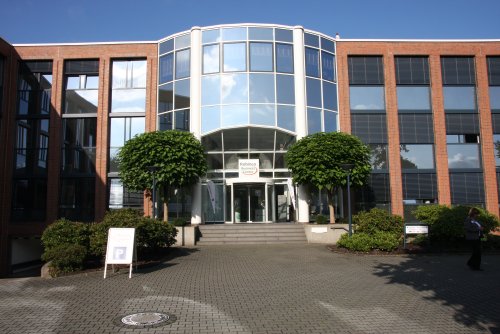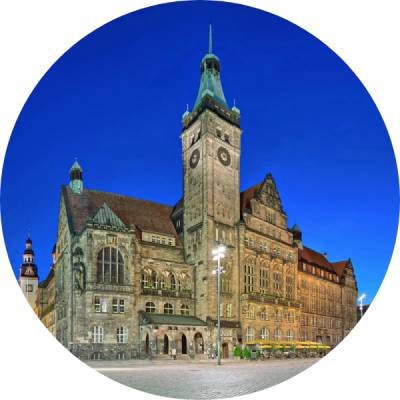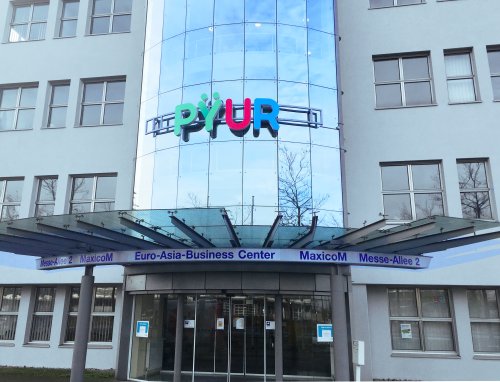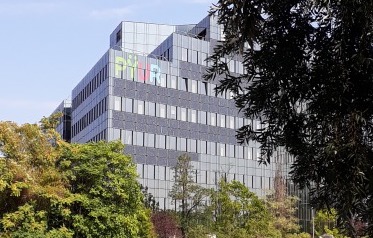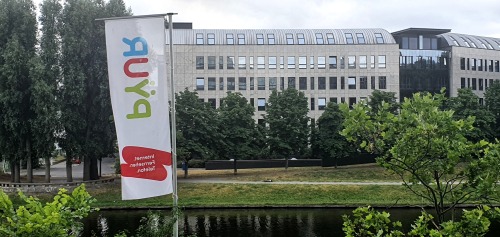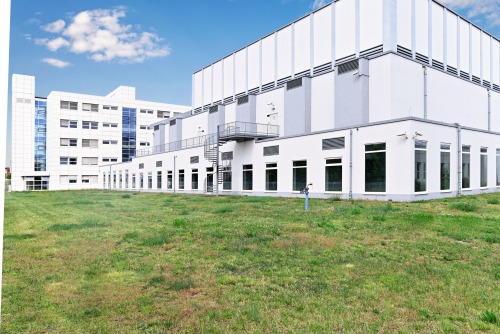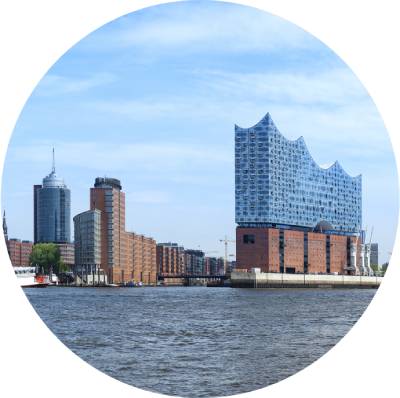Optical fibre: a bright future
Optical fibre plays a leading role in the future of Germany’s broadband coverage. It is also instrumental in the expansion of the networks provided by Tele Columbus AG and its PΫUR brand. What makes this tool for the high-performance data communication of tomorrow so special? The data transmission capabilities of a single optical fibre could handle all of Germany’s data traffic. Yet few are aware of the energy-related implications of switching from copper cables to optical fibres. The first thing that comes to mind when considering the elements that consume power in a large-scale cable distribution network are the headends: the regional facilities for receiving and processing TV, telephone and internet signals. What people often neglect, however, are the grey boxes at street level that distribute those very signals to homes and businesses.
An electrical impulse being transmitted by a copper cable grows weaker as it makes its way to the recipient. In a cable network, such impulses are modulated at a high frequency. Rather than electrical resistance measured in ohms, transmission and modulation involve signal attenuation measured in decibels. That attenuation grows stronger as the transmitted frequencies increase. As the name broadband cable indicates, our cable network can be used to transmit a wide range of different frequencies from 5 MHz all the way up to 1218 MHz, depending on how the system is designed. This leads to a successive weakening of the signal level, necessitating those familiar grey boxes as a way of enhancing the signal so that the customers connected to the network can enjoy a flawless picture and a stable internet connection at all times.
Electrical repeaters account for 60% of a network’s power consumption
A look at the electricity consumption of all the components reveals that the over 10,000 repeaters in a broadband cable network – rather than the large-scale technical installations – are responsible for the lion’s share of the energy consumed. According to an energy audit, these repeaters account for nearly 60% of a network’s power consumption.
Optical fibre makes it possible to transmit signals optically using light. Wide area networks, or WANs, transmit data through optical fibres over distances of several hundred kilometres. Tele Columbus mainly operates typical distribution networks, where the signal travels a relatively short distance from the headend to the connected homes and businesses. Electrical amplification is usually not necessary. For mechanical reasons, optical fibre is laid in long and winding patterns that often navigate curves, necessitating the occasional use of electrical corrective equipment on particularly lengthy stretches of cable. Such equipment monitors and corrects deviations in the colour of the light that could otherwise spell problems for the recipient.
Remarkably, there have been few scientific studies on the energy savings attributable to optical fibre. However, Professor Stephan Breide of Germany’s South Westphalia University of Applied Sciences has concluded that GPON-standard optical fibre networks are particularly energy-efficient.
Conversion to FTTB cuts power consumption in half in cities
While modernising a subnetwork in Berlin’s Charlottenburg borough, Tele Columbus examined the impact of switching from copper-based coaxial cable to an FTTB connection that brings the optical fibre straight into homes and businesses. The subnetwork studied provides 2,300 residential units with internet, telephone and TV services. Eighty-one properties were connected using optical fibre. The distance between the headend and the buildings being supplied was 6,258 metres. Although the traditional copper coax technology required five electrical repeaters, the new network no longer needs the previous five repeaters, amplifiers and outdoor electrical enclosures. It also makes do without six nodes that likewise consumed power. The 81 in-building repeaters were replaced with 81 optical fibre distribution points. Following conversion, power consumption fell from 1,415 watts to 713.8 watts, essentially cutting the amount of electricity consumed by the network in half.
These savings continue to grow thanks to the many new and converted networks that use optical fibre. As a result, national and state-level policies that promote the expansion of optical fibre make sense from both a technical and environmental perspective.


